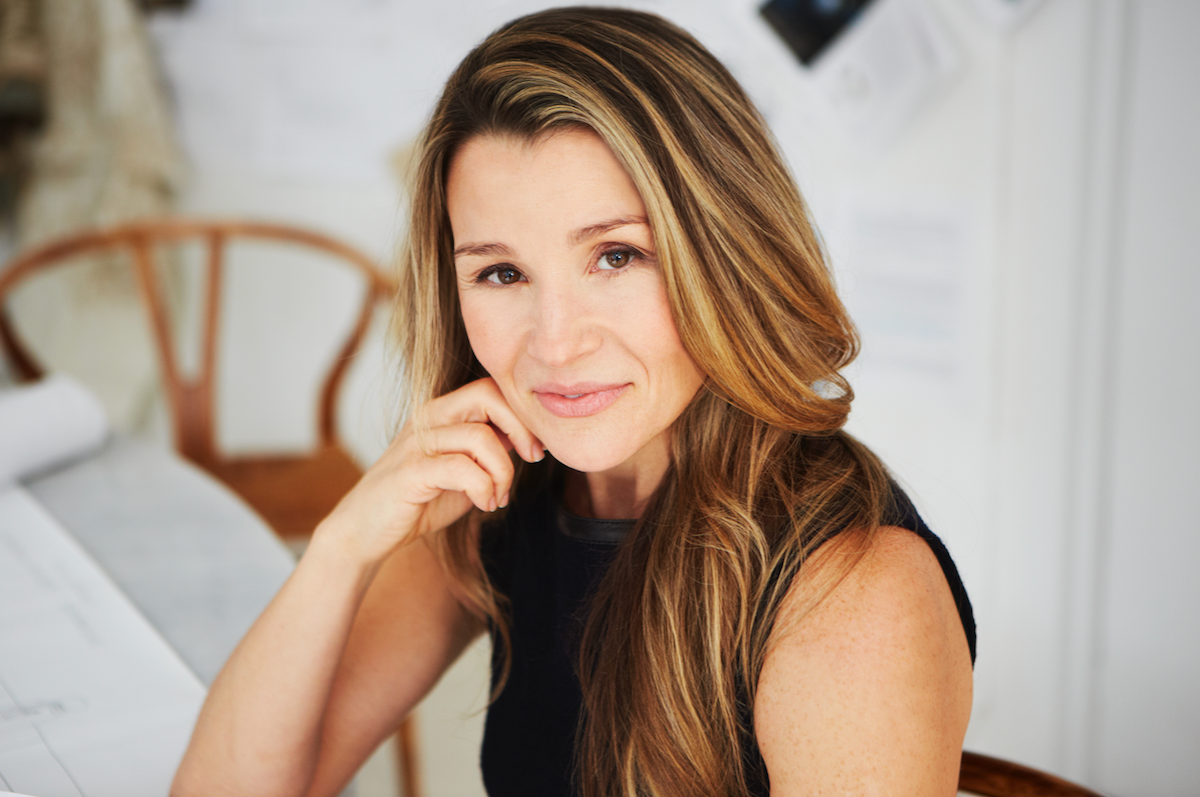Kate Verner came to New York dead set on getting into fashion. Then Tim Gunn changed her plans. This was before the days of Project Runway, when Gunn was an adviser at Parsons and Verner was a first-year student showing off a portfolio of her designs. The fashion guru gently suggested she “make it work” in another field, and she ended up in product design with a furniture focus—a choice that would determine the shape of her career.
After graduating, Verner worked for Murray Moss and then Clodagh, helping to develop furniture lines in the Wild West days of product licensing, when advances were six figures and you could walk into a meeting with a sketch on a napkin and walk out with a deal for a collection. Those days are over, and now Verner is a consultant and adviser, helping designers and manufacturers navigate the complex word of licensing.
In the latest episode of the Business of Home podcast, Verner breaks down the state of licensing today, giving host Dennis Scully a rundown of an ever-complicating landscape.
This episode was sponsored by Chairish and Google. Listen to the episode below and check out a few takeaways. If you like what you heard, subscribe to the podcast (free of charge!) and every week you’ll get a new episode.
Come Prepared
These days, brands that produce licensed collections with designers have higher expectations. They’re not looking to merely slap your name on some knockoffs and call it a day; they want fresh ideas, and they often want their licensing partners to commit to using the collection in their projects. “At this point you are expected to turn up at a first meeting with ideas. Ideas that are new and interesting and not derivative,” says Verner, advising designers not to walk into licensing meetings unprepared, or with tearsheets from a competitor’s catalog. “I don’t care how many Instagram followers you’ve got, it’s not going to go well.”
Make manufacturing cool again
One disturbing trend Verner has noticed over the course of her career? It’s getting increasingly difficult for high-end makers to staff manufacturing facilities. “Here in New York, we have this whole maker movement and makers are considered the artisans of our community. ... It’s so romanticized in our major metro areas,” she says. “People are like, ‘Oooh, you’re a maker! Oooh, you’re a woodworker!’ and yet here we are in North Carolina and L.A. and you can’t get anyone to work for these manufacturers. And it’s almost like the entire art is being lost and it’s not considered sexy or romantic.” Verner doesn’t have a plan just yet, but she wants to find a way to restaff the workrooms and factories that make high-end product.
Play the long game
Interior design is a tough business, and many designers come to Verner kvetching about wanting to break free from relying on residential clients to make money. A quick line of lighting, she regularly points out, is not a get-rich-quick scheme. “If you really want to be in this game and build a business in product, you need to know there’s a lot of sweat equity on the front end before you see a return,” she says. “I have numerous clients who say, ‘Give it to me straight, Kate: How many years am I going to have to invest in this?’ … Three years. Sometimes four.”





























